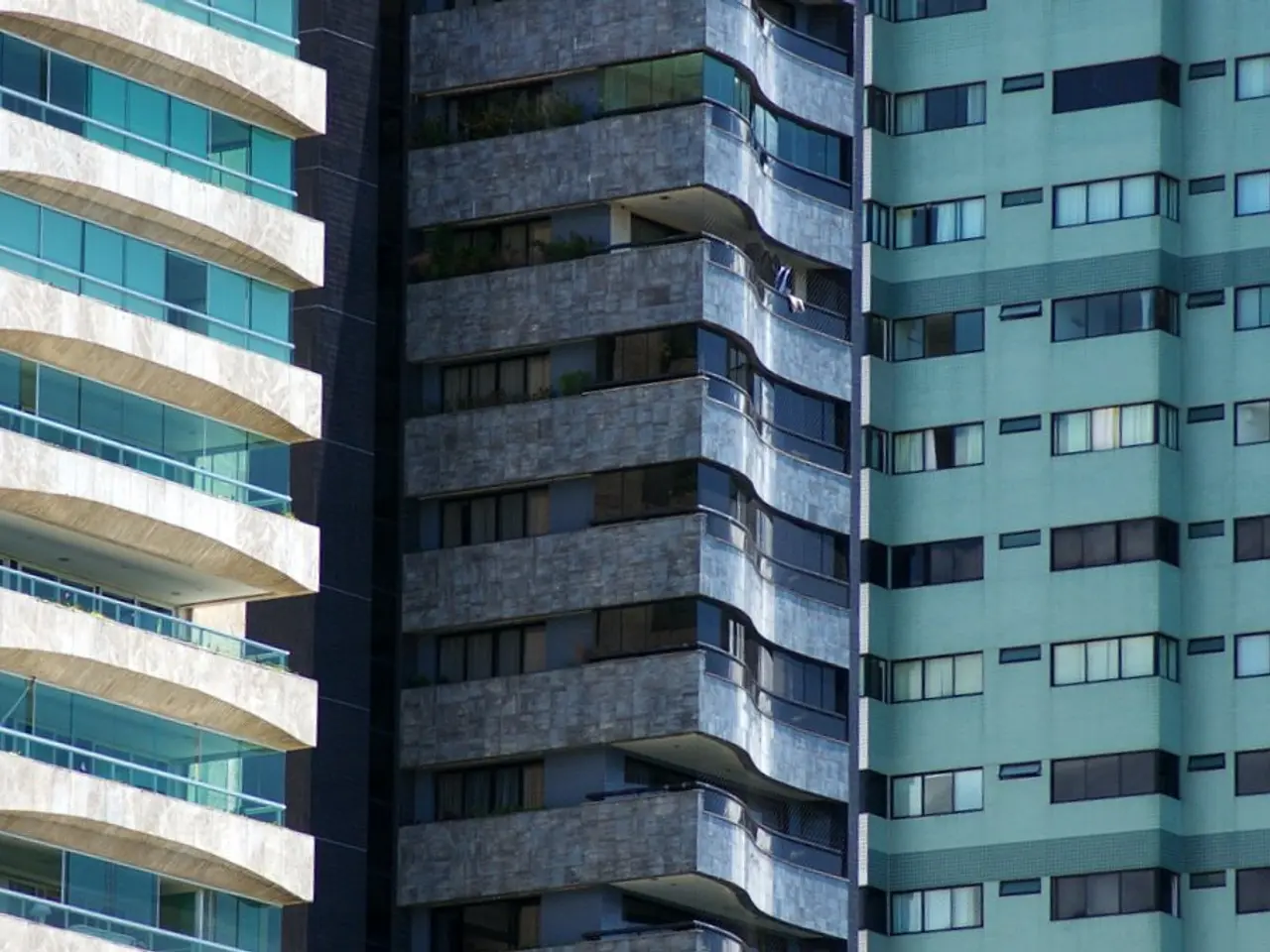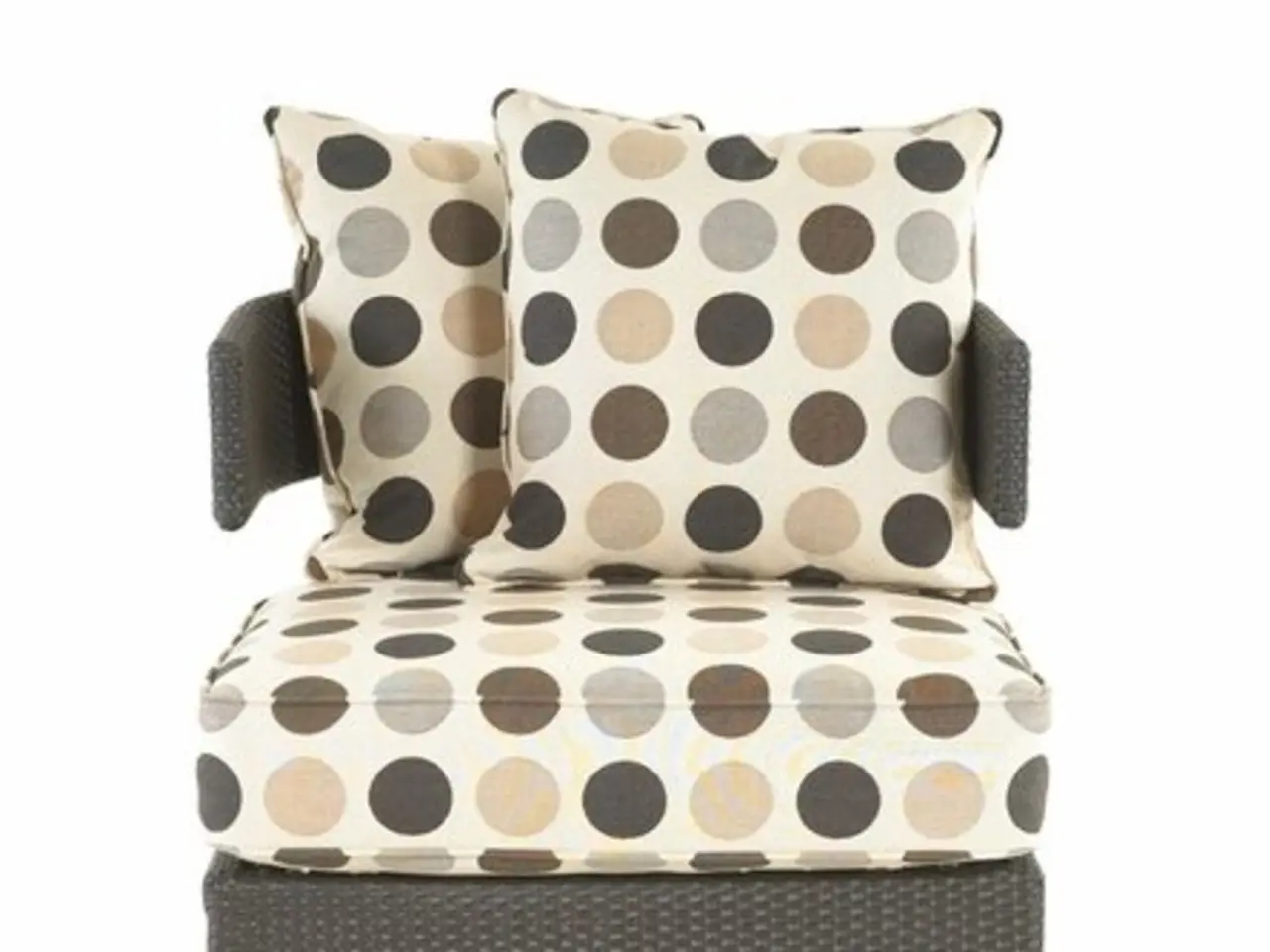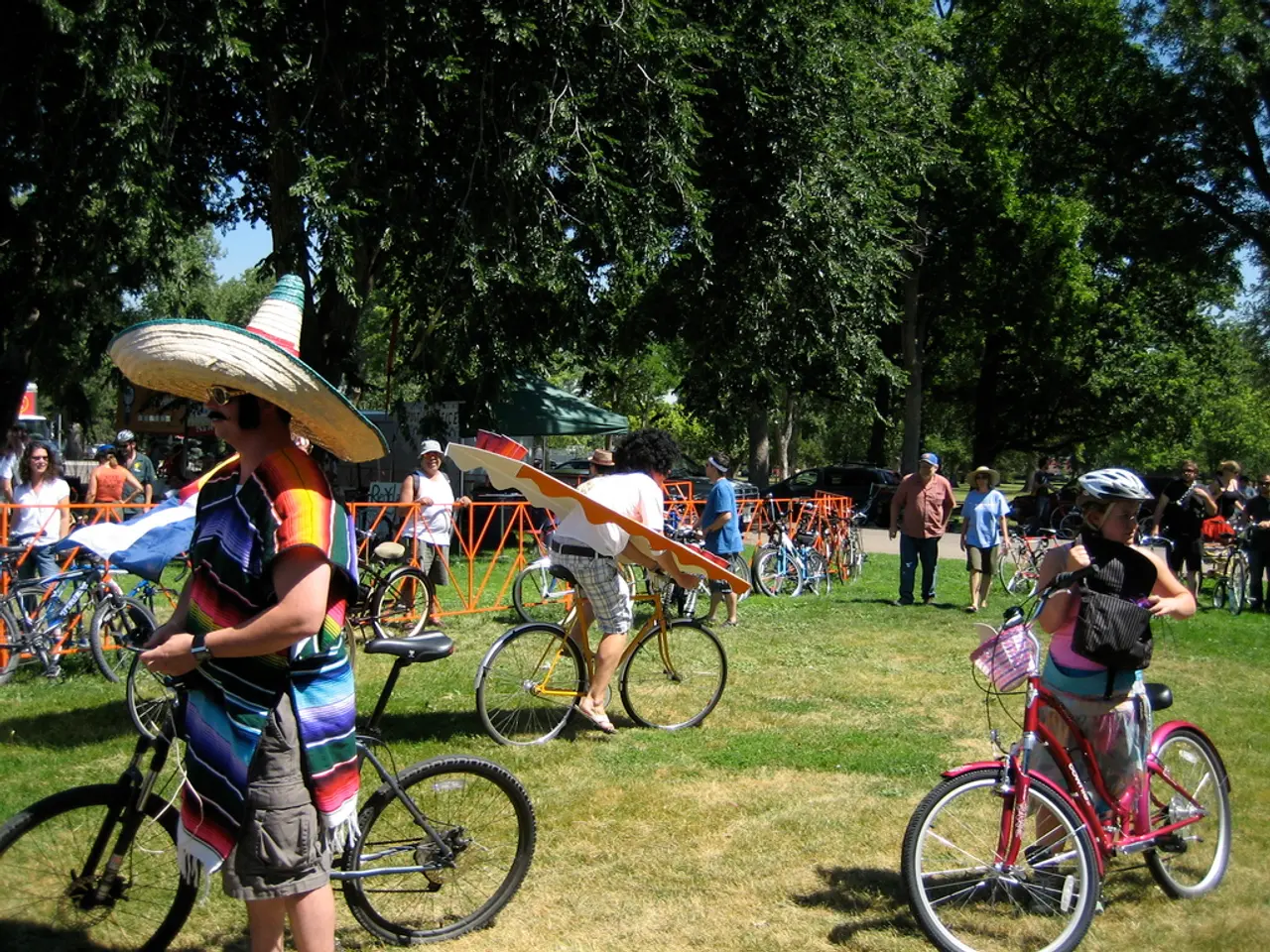Project showcases enhanced exterior appearances globally: Limbaži
In a bid to preserve cultural heritage and enhance the quality of living environments, the historic towns of Limbazhi and Salacgriva in Latvia are undergoing a facade renovation revolution. This transformation is a result of a community-driven, multi-stage process supported financially by a combination of local municipal budgets and EU LEADER programme funds.
The head of the Limbazhi municipality construction board, Ineta Cīrule, announced that this year, more money has been allocated for the renovation of the facades of historical buildings than last year. This move is part of an initiative aimed at encouraging residents to repair their facades, with greater chances of receiving municipal co-financing for projects that start with improvements.
The facade renovation process typically involves assessing the building’s condition, developing renovation plans respecting historical or local architectural styles, securing necessary permits, implementing the renovation work with local contractors, and concluding with final inspections and quality control.
The EU LEADER (Liaison Entre Actions de Développement de l’Économie Rurale) projects support rural development through community-led local initiatives. In Latvia, LEADER funding targets small-scale infrastructure, including façade renovations, aiming to boost rural attractiveness, tourism, and local pride. Municipal funding often complements EU grants by providing co-financing to ensure comprehensive project execution and maintenance.
The competition for renovating historical buildings in Limbazhi is dedicated to raising awareness of the historical significance of the city and the importance of preserving cultural and historical values. The competition is open to all building owners with real estate in the Limbazhi region, with no restrictions based on the status of the building as a listed monument.
One of the buildings that received support in this project competition is a former "Limbazhi filcs" factory building, now home to an association of the same name. In Salacgriva, a private house in the historical centre on Rīgas Street has acquired a new facade. Andris Zunde, head of the Salacgriva Association, mentioned that there are at least five buildings in Salacgriva with new facades, and more in Limbazhi.
Lāsma Jonele, the leader of the Limbazhi filcs association, stated that the association unites people who want to improve the area. Ineta Cīrule, head of the Limbazhi municipality construction board, mentioned that the competition evaluates applications according to several criteria, including the location of the building in the historic centre, the level of owner investment, and the status of the building as a listed monument.
Limbazhi, having celebrated its 800th anniversary a couple of years ago, is a very old city with significant cultural and historical potential, comparable to neighbouring Cēsis. The old town of Limbazhi has preserved a significant part of the wooden buildings from the late 18th and early 19th centuries, though many are not in good condition and require significant investments.
The competition serves as an incentive for neighbours to also take an interest in renovating their properties if the house next door has a new facade. The amount of financial support for the renovation of historical buildings in Limbazhi has increased this year, with 50,000 euros available compared to 10,000 euros last year. Project applications for the competition can be submitted until April 10, and building owners with real estate located in the territory of the Limbazhi region can participate.
This facade renovation boom in Limbazhi and Salacgriva is not just about aesthetics; it's about preserving history, boosting local pride, and improving the quality of life for residents. As more buildings undergo renovation, these historic towns are being revitalised, attracting tourists and creating a sense of community among residents.
- The Limbazhi filcs association, led by Lāsma Jonele, strives to improve the interior-design and lifestyle of historic buildings, as they unite people with a common interest in home-and-garden renovations.
- The EU LEADER project in Latvia, beyond rural development, also aims to revamp the media image of historic towns like Limbazhi and Salacgriva, making them attractive destinations for tourists.
- The head of the Salacgriva Association, Andris Zunde, noted that with at least five buildings in Salacgriva and more in Limbazhi sporting new facades, the television and radio coverage about these transformations has positively impacted the lifestyle and cultural values of the community.
- In the midst of this facade renovation revolution, Ineta Cīrule, head of the Limbazhi municipality construction board, aims to continue this trend by extending the available funds for the renovation of historical buildings from 10,000 euros last year to 50,000 euros this year, boosting the quality of living environments and enhancing the television and radio portrayal of these beautified towns.




